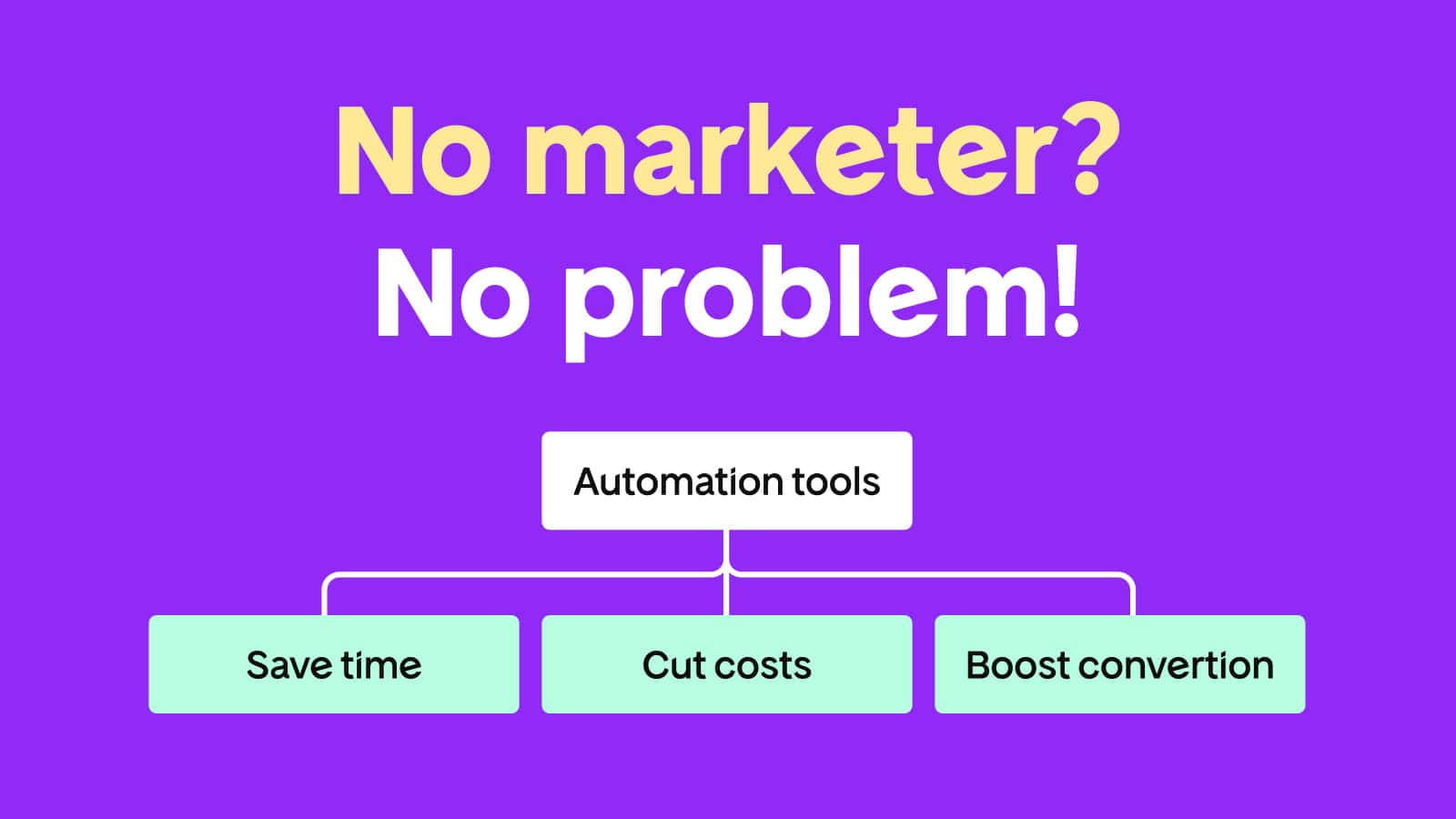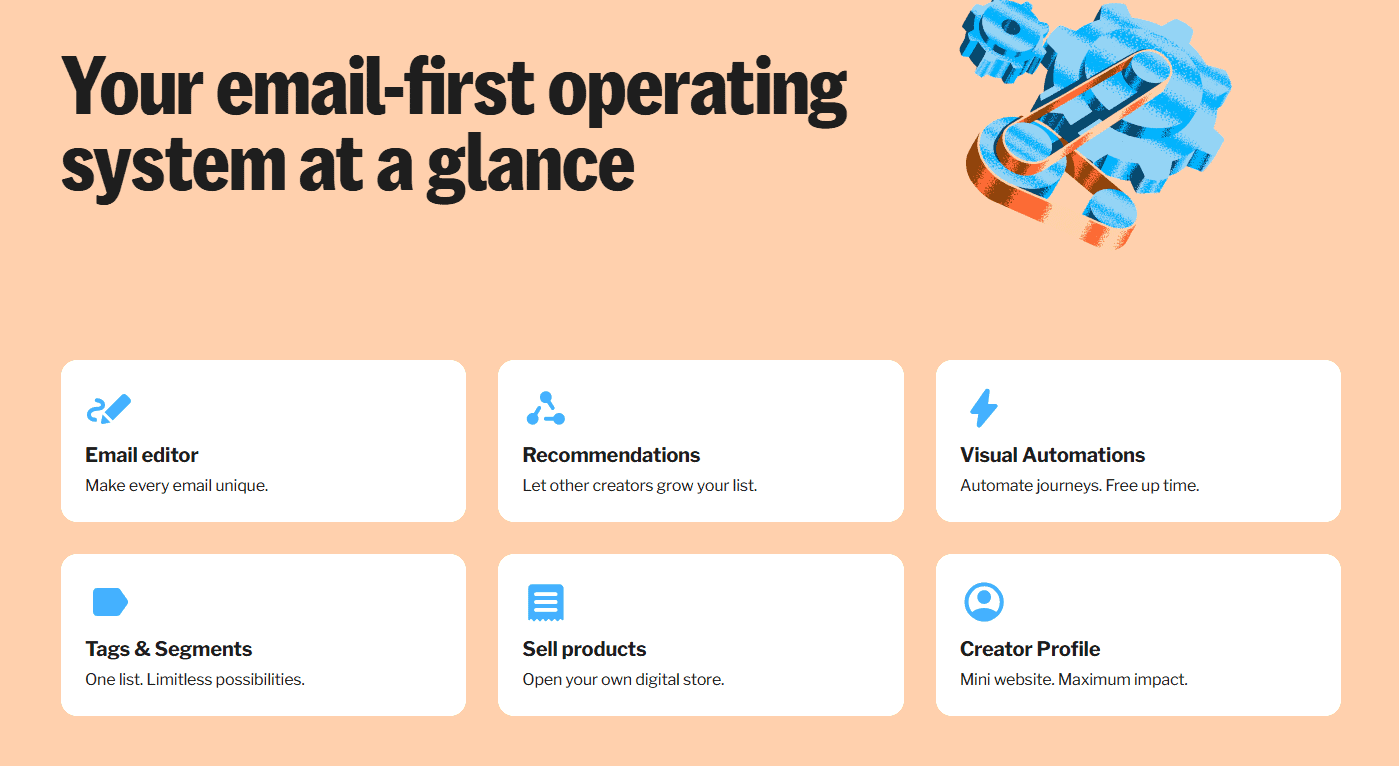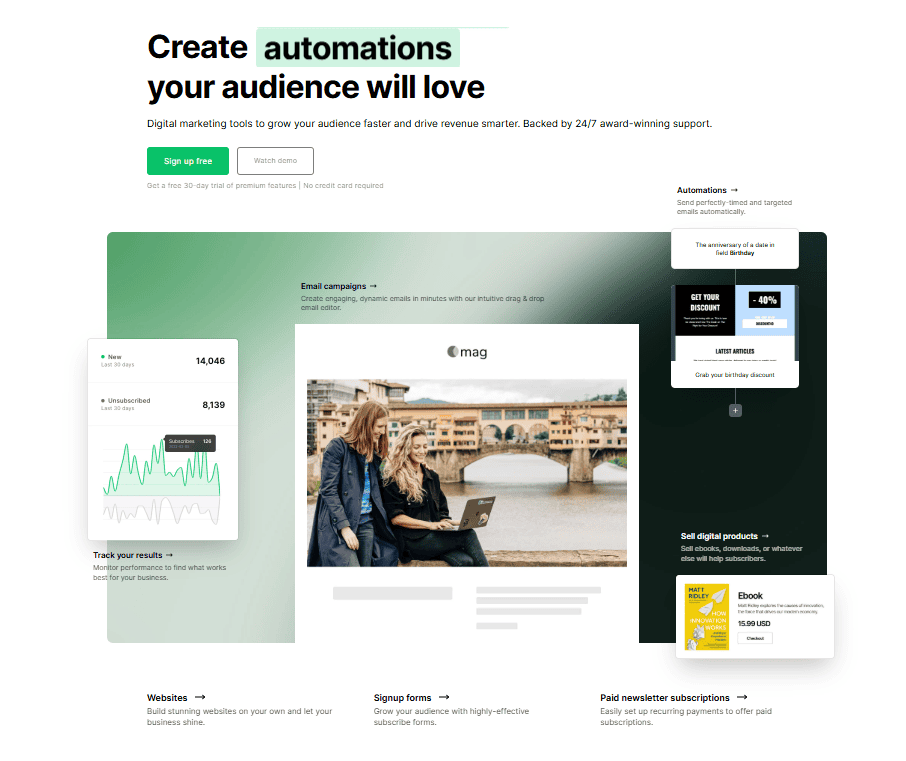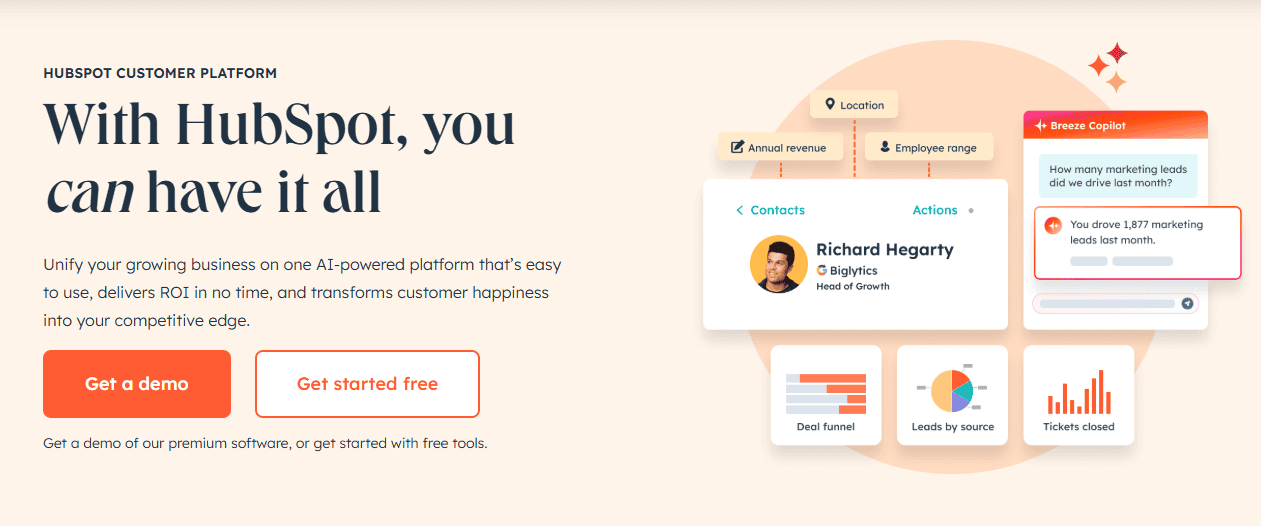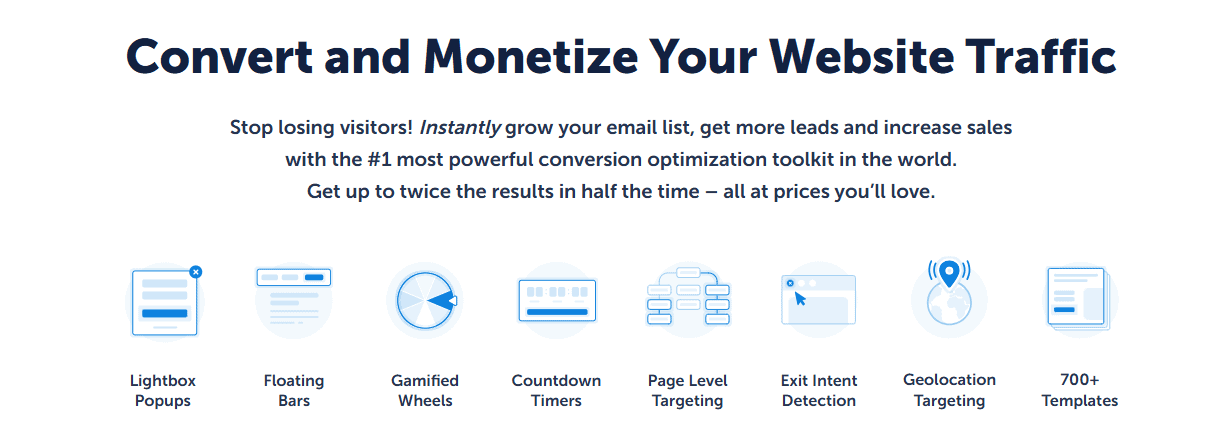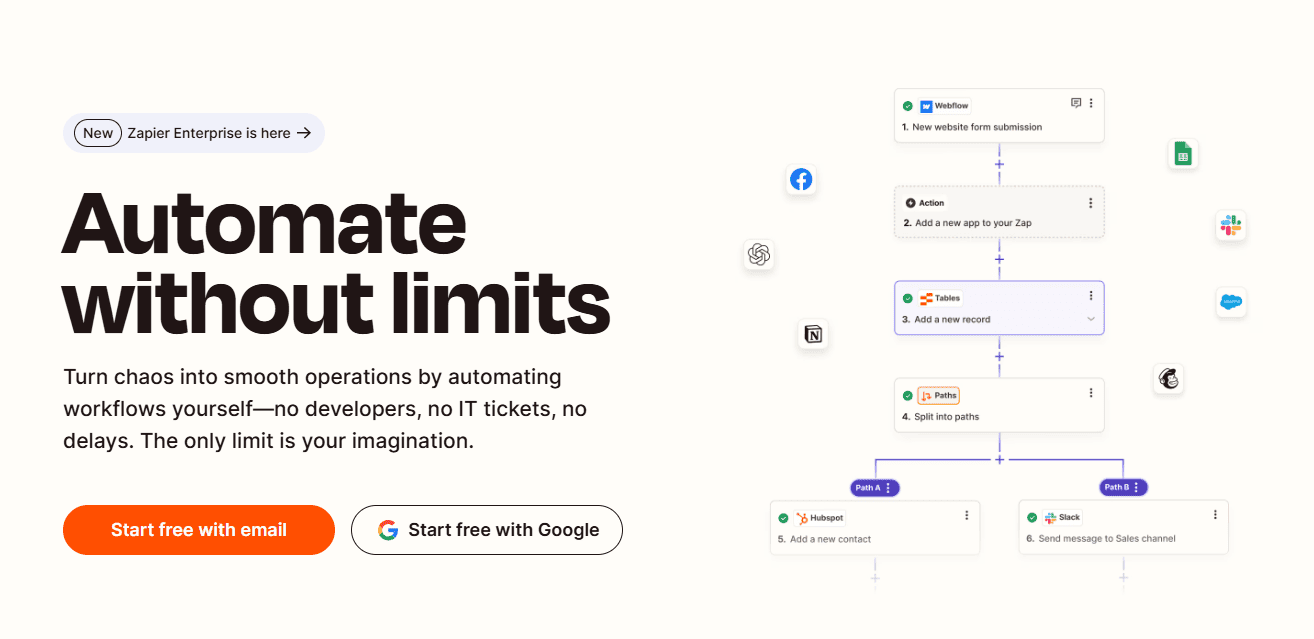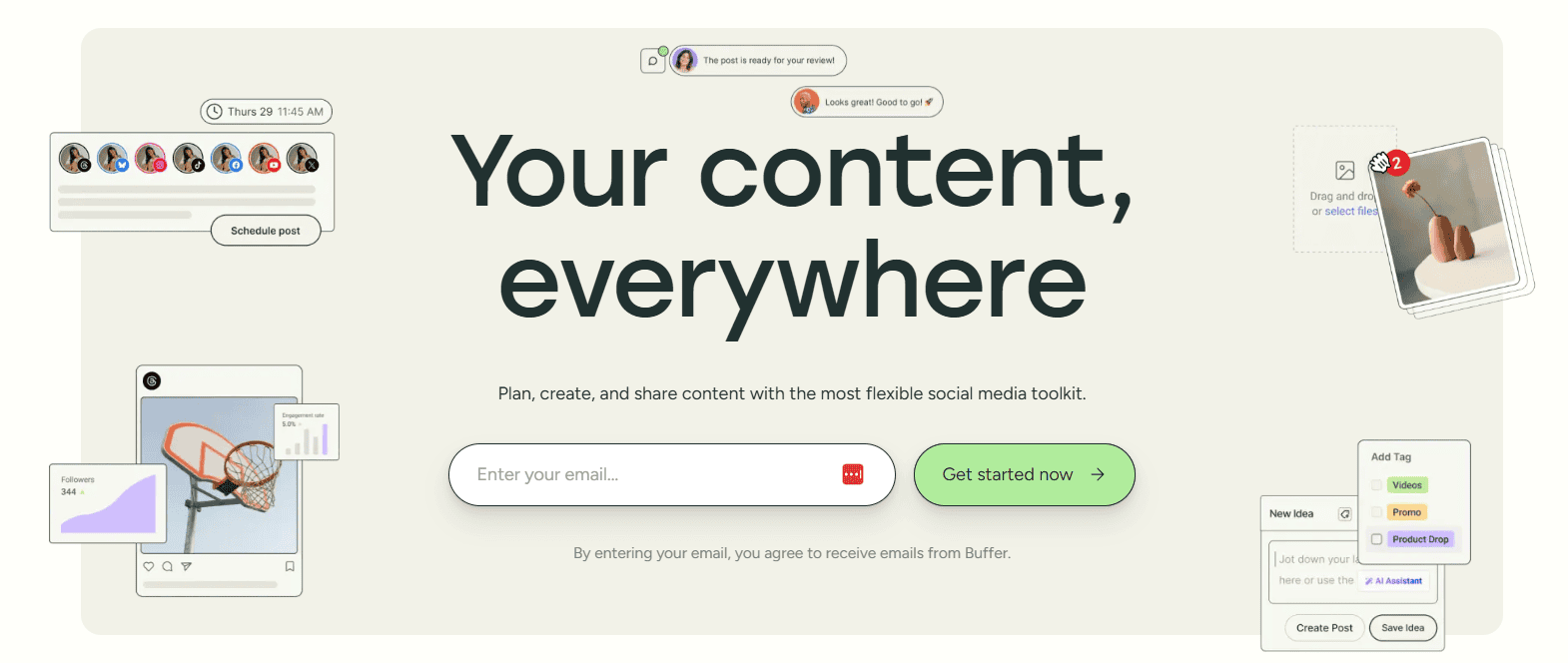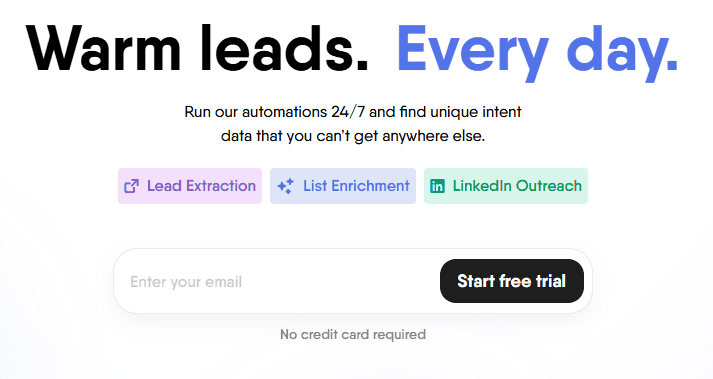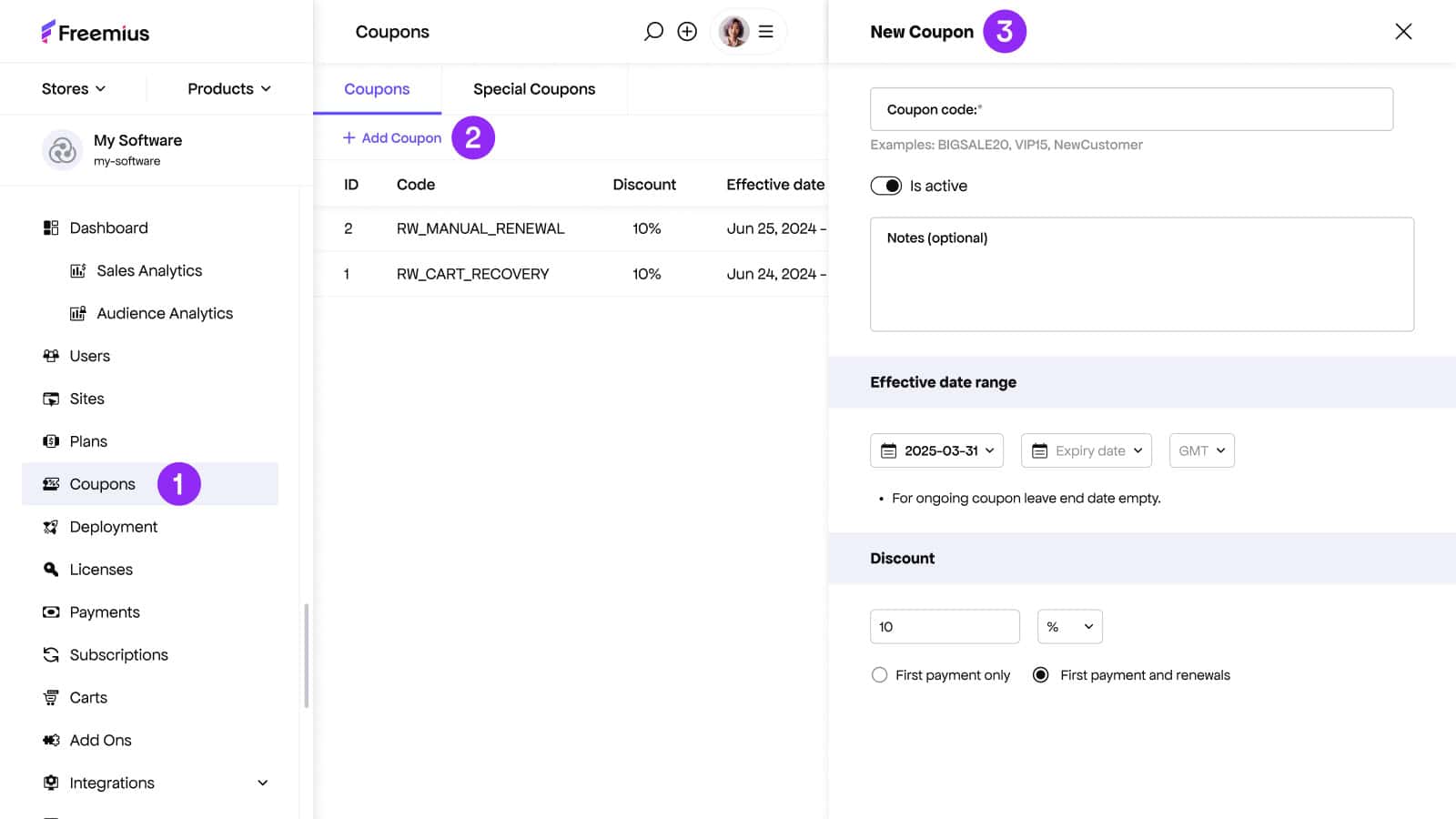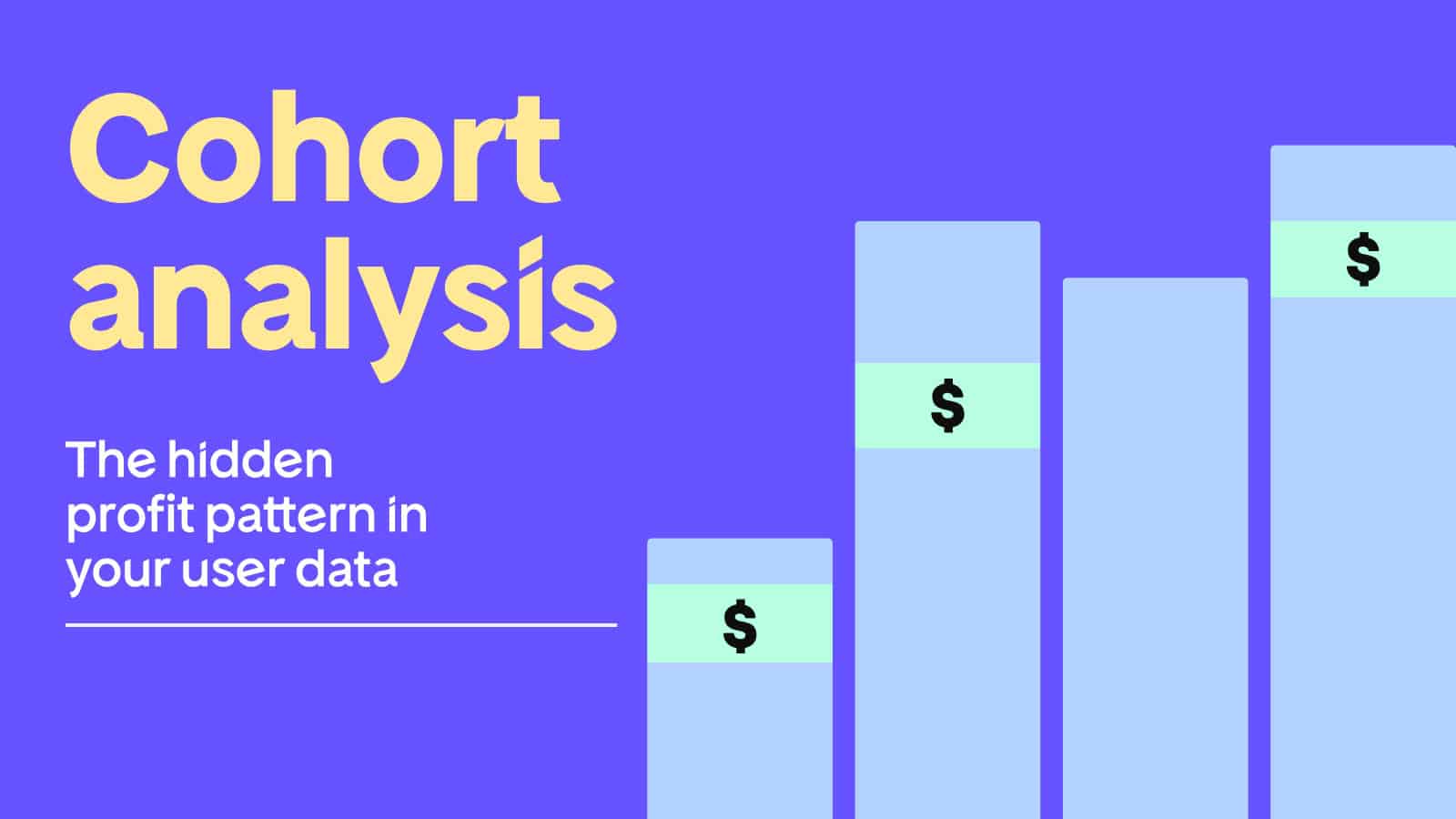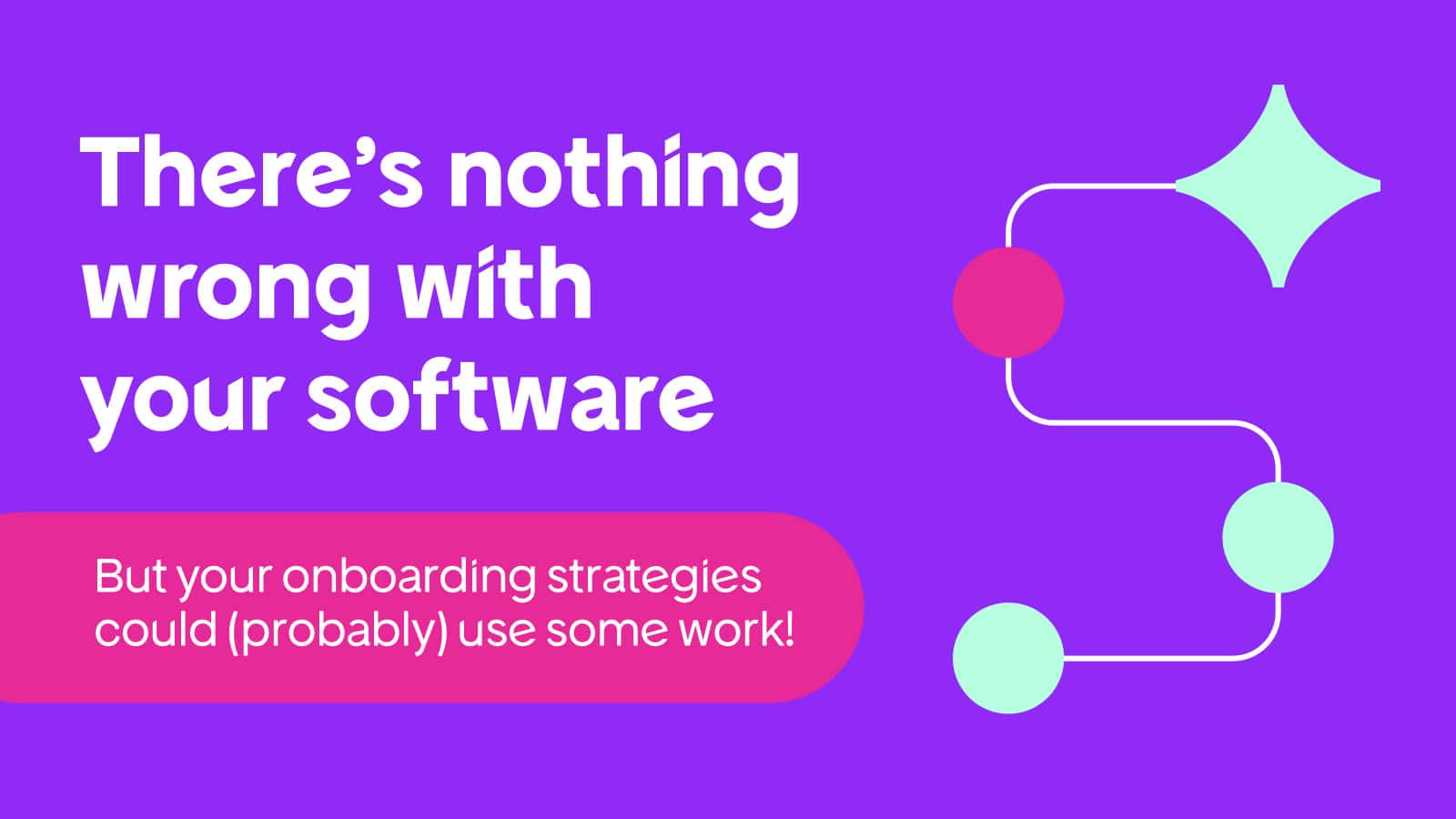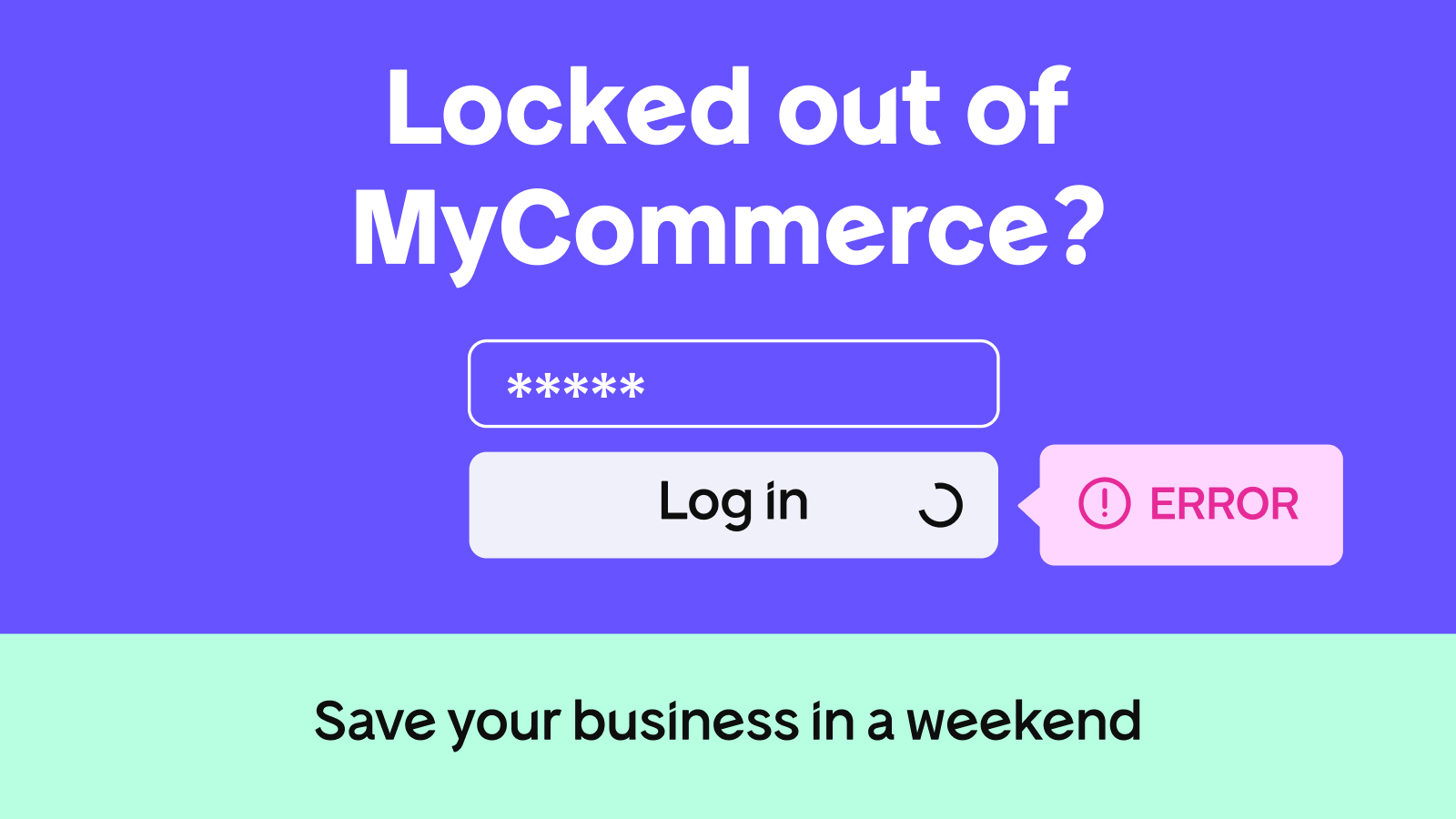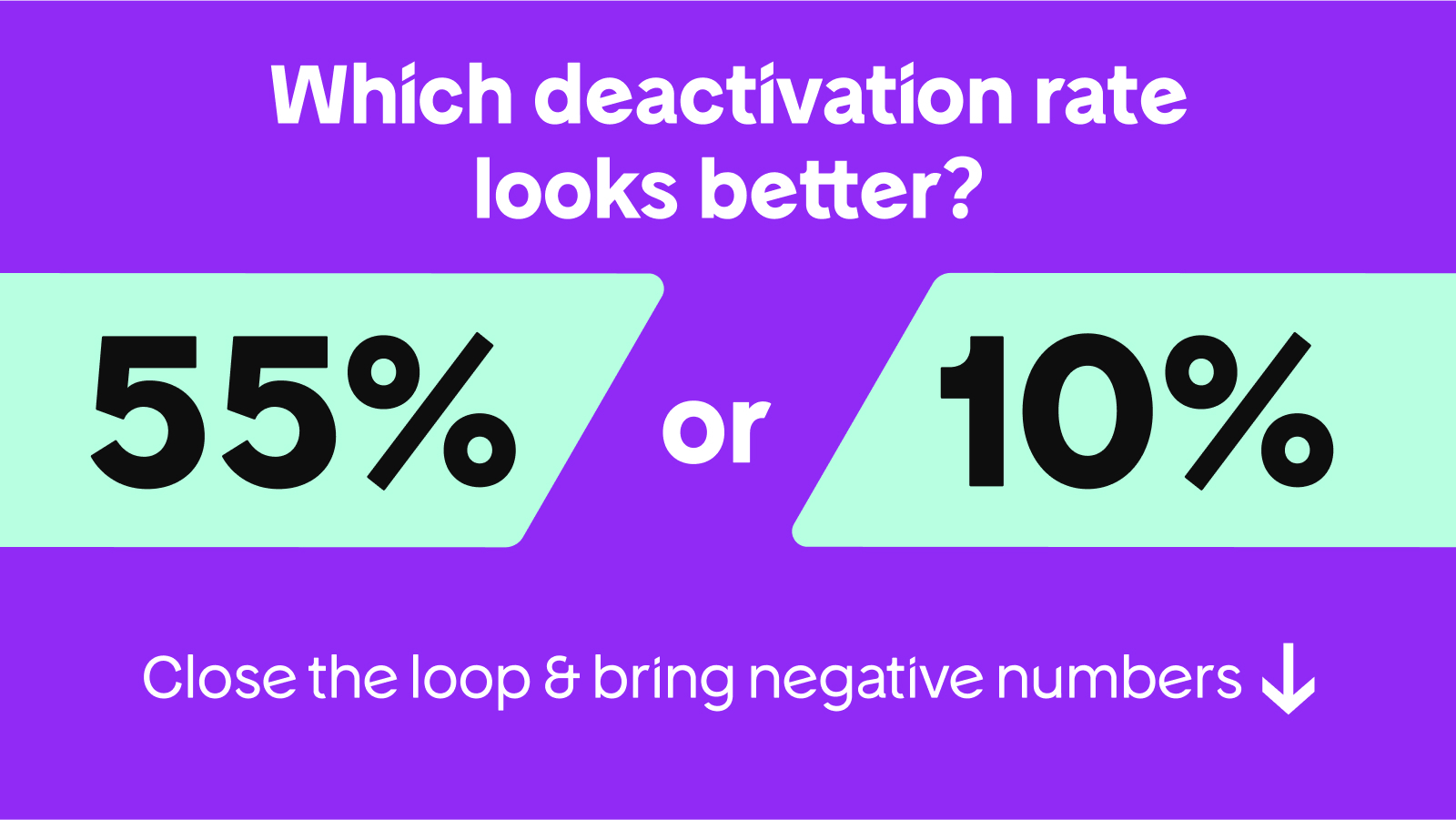|
|
If you’re still handling repetitive marketing tasks manually, you’re not just wasting valuable time – you’re actively taking hours away from product development, feature improvements, and the core work that grows your business.
For solo makers and small software teams, marketing automation isn’t some trendy experiment. It’s the dividing line between sustainable growth and staying stuck in survival mode.
We’ve seen countless software businesses with strong, valuable products stall not because the product wasn’t good enough, but because their makers were buried in marketing busywork (manually sending emails, chasing leads, copy-pasting onboarding instructions, etc.) that consumed 15-20 hours of their week.
The businesses that leverage automation technology have built lean, effective marketing automation systems that work in the background, helping them drive leads, nurture customers, and increase renewals – freeing them to focus on building better products.
That’s why we created this guide: to share a proven, results-driven marketing automation strategy for software makers to help you:
- Convert more leads into paying customers automatically
- Reclaim 10+ hours every week without sacrificing personalization
- Boost engagement, reduce churn, and grow faster without hiring a full marketing team
To make this the most actionable resource possible, we invited the following WordPress and SaaS experts to share their battle-tested marketing automation practices:
- Fabian Maume, SaaS Growth Specialist and fractional CMO for bootstrapped startups
- Stephanie Pittman, Marketing Automation Consultant at Continuous Improvement Solutions
- Ernesto Pramasetya, WordPress Integration Expert and co-founder of B2B HubSpot agency GiantFocal
- Arham Khan, WordPress Plugin Marketing Specialist and founder of Pixated
Let’s dive in.
Step 1: Map the Customer Journey
A successful automation strategy doesn’t start with technology — it starts with understanding the journey your customers take, from discovery to purchase to renewal.
Growth specialist Fabian Maume advises working backward from your desired outcomes: “I like to start at the end — exporting user lifetime value (LTV) data and mapping it to key user behaviors. For software products, this could mean tracking actions like completing onboarding, activating key features, or inviting team members. These high-value actions should drive your automation strategy to nudge users toward those behaviors.”
Mapping the Software Customer Journey
For software products, a typical customer journey might include:
- Discovery – How users find your product (organic search, ads, marketplaces, referrals)
- Evaluation – Reviewing features, pricing, and fit
- Onboarding – Setup, account creation, and initial configuration
- Activation – Engaging with core features for the first time
- Adoption – Regular use and exploring advanced functionality
- Support – Troubleshooting, help resources, and community engagement
- Retention/expansion – Renewal decisions or upgrading to higher tiers
Ernesto Pramasetya recommends turning this into a visual map: “Flowcharts help pinpoint where customers drop off — like during onboarding or after initial setup — and highlight where automation can remove friction.”
According to Arham Khan, who works with SaaS and software businesses, the visual approach often reveals untapped opportunities: “We recently found that 40% of free trial users were abandoning during onboarding. By setting up an automated sequence that triggered when onboarding stalled, we increased setup completions by 35% and boosted paid conversions by 22%.”
Step 2: Automate the Actions That Drive Growth
Once you’ve mapped your customer journey, the next step is automating key tasks to move users closer to conversion and keep them engaged long-term.
Start with the tasks that eat up your time the most. Fabian advises: “For software creators, we often find they’re spending 3-4 hours daily on repetitive tasks like handling basic support tickets, sending license keys, and chasing renewals. These are prime candidates for automation.”
When Should You Start Automating?
Not every business needs full automation from Day 1. Fabian advises that if you have fewer than 200 customers, you may not need extensive automation yet. However, it’s never too early to lay the groundwork for smoother scaling in the future.
Start small, scale smart.
Both Ernesto and Stephanie Pittman advocate for a phased approach. As they put it, “Automating one or two key processes — like follow-ups or lead nurturing — gives you room to test, optimize, and expand, instead of overhauling everything at once.”
Which Actions Should You Automate First?
Fabian highlights three high-impact areas where automation can pay off quickly:
- Lead generation: Automated email sequences ensure timely and consistent follow-ups, keeping leads warm without the manual effort.
- Behavior-based follow-ups: Triggered emails, like cart abandonment sequences or post-purchase messages, help nurture prospects and boost conversions.
- Onboarding: Arham shares an example of how automation can improve user onboarding:“Our client was seeing a 40% drop-off in week one. We implemented a three-part automated sequence: a personalized welcome email with a setup guide on Day 1, a feature highlight tailored to the user’s role on Day 3, and user success stories on Day 7. The results? A dramatic improvement in activation and retention.”
The Three Pillars of Marketing Automation
Fabian outlines three essential automation categories for software companies:
- Opt-in audience automation: Lead generation and nurturing via email. For software, this might include automated delivery of free trials, onboarding sequences, or personalized discount offers.
- Core outreach automation: Automated follow-ups for users who’ve signed up but haven’t activated or purchased. Fabian warns: “Be mindful of data privacy laws, especially if you’re targeting EU customers.”
- Back-office automation: Automate license key delivery, renewal processing, and affiliate payouts to save 5-10 hours a week.
Balancing Automation with Personalization
Automation only works when it feels human. The key? Smart segmentation. Fabian explains: “For highly personalized automation, segment based on user behavior, account type, or product tier. This way, your messages feel relevant, not robotic.”
Context matters more than a first name. Stephanie adds: “Don’t just track names — track which plan they’re on, which features they’ve tried, and where they dropped off. This lets you send content that feels uniquely tailored.”
Arham shares a data-backed insight: “We saw email open rates jump from 22% to 48% when emails referenced specific features the user had or hadn’t tried.”
Step 3: Choose the Right Automation Tools
Selecting the right automation tools is crucial for streamlining your processes and maximizing efficiency. The tools you choose should align with your business goals, be user-friendly, and integrate seamlessly with your existing systems.
Email Marketing and Customer Communication
Kit (formerly ConvertKit)
ConvertKit is an email marketing platform designed for creators, offering tools for building email lists, creating landing pages, and automating email sequences.
Pros:
- User-friendly: Simple interface that’s easy to navigate for beginners.
- Email marketing automation: A powerful visual workflow builder with 28 pre-built automation templates to streamline your campaigns.
Cons:
- Personalization: Can be challenging to understand and implement, if you’re not a coder.
- Landing pages: The landing page builder lacks essential functionality and offers limited design customization options.
MailerLite
A cost-effective email marketing tool that includes automation, landing page creation, and a drag-and-drop editor, making it perfect for beginners and small businesses. Fabian calls it “a good start for email automation (both newsletter and transitional).”
Pros:
- Free plan: The free version includes a solid range of features, such as single-trigger automation workflows, a landing page builder, and a survey creator.
- Ease of use: It offers an intuitive experience that caters to both beginners and advanced users, avoiding the overwhelming complexity of some other email marketing platforms.
Cons:
- Not many advanced features: Although MailerLite offers competitive pricing, it lacks advanced features found in other tools, such as detailed automation reports, lead scoring, built-in CRM functions, and spam/design testing tools.
All-in-One Marketing Platforms
HubSpot
A comprehensive marketing, sales, and CRM platform that offers powerful automation features for lead generation, nurturing, and customer retention.
Ernesto highlights, “Our #1 suggestion would be HubSpot. It used to be for enterprise-only, but HubSpot has introduced a lot of small business-friendly packages. Not only for marketing automation, it also offers CMS, CRM, help desk, and many other features as part of the package.”
Pros:
- Fantastic automation tools: HubSpot’s marketing automation simplifies repetitive tasks like email campaigns, customer journey management, social media marketing, and email personalization, while also providing automated, data-driven insights to help businesses create revenue-generating campaigns.
- Scalable software: A secure solution for rapidly growing businesses, allowing them to flexibly scale their marketing, sales, and support processes as needed.
Cons:
- Pricing: HubSpot operates on a freemium model, offering free access to its CRM with 1,000 contacts and some tools, but costs increase quickly as businesses grow. HubSpot’s pricing includes three plans:
- Starter ($20/month)
- Professional ($1,300/month)
- Enterprise ($4,300/month)
With additional fees for extra users, contacts, and add-ons, prices increase as you scale beyond the basic features.
Lead Generation and Conversion Tools
OptinMonster
OptinMonster is a lead generation tool that helps businesses convert website visitors into subscribers and customers through customizable pop-ups, floating bars, and other opt-in forms. It also offers advanced targeting features to optimize conversion rates.
Pros:
- Easy to integrate with other tools: This improves efficiency and workflows by saving time.
- A/B testing and analytics: Makers can test different opt-in messages and design elements to identify what resonates most with their audience. Continually testing and optimizing messaging is key to successful marketing campaigns, and OptinMonster makes this process straightforward.
Cons:
- Pricing: Can be costly for small businesses, which is a drawback if your marketing budget is tight.
- Long response time: some users have reported longer wait times or challenges in receiving timely assistance. This can be frustrating for those who depend on the platform to drive conversions and generate leads.
Zapier
Connects different apps and automates workflows without the need for coding. Arham notes, “Zapier is great at connecting different tools efficiently.”
Pros:
- Integrates with many apps: Zapier connects with more than 6k apps, making for endless automation opportunities.
- Scalability: Expands alongside your business, accommodating increased data demands as your requirements grow.
Cons:
- Workflow: The workflow is hard to set up as it requires deeper knowledge of Zapier.
Social Media Automation
Buffer
A simple tool that helps you manage social media posts by providing basic automation features to streamline your social media efforts.
Pros:
- User-friendly: Buffer is user-friendly and straightforward, with a clean interface that makes it easy for newcomers to navigate without feeling overwhelmed by unnecessary features.
- Free plan: If you’re new to social media or testing the waters, Buffer’s free plan is a great starting point. Fabian agrees: “The tool is great for scheduling content and is free for up to three social media accounts.”
Cons:
- Limited support: Support isn’t available via phone or live chat when you need immediate help.
PhantomBuster
Offers advanced functionality, catering to larger-scale campaigns. Fabian describes it as “a good jack of all trades to experiment with social media automation.”
Pros:
- Excellent automation capabilities: PhantomBuster not only automates tasks but also reports on progress and success.
- Easy to use: Many users have commented that PhantomBuster handles all the tasks they need it to.
Cons:
- Problematic billing: Some users have reported unauthorized amounts being charged by the company.
Step 4: Build Personalized, Dynamic Workflows
Effective automation isn’t just about streamlining processes — it’s about making every customer interaction feel timely, relevant, and personal. Achieving this requires thoughtful segmentation, well-placed triggers, and content that adapts to user behavior.
Personalization starts with user-specific data. Fabian emphasizes, “For software makers, personalization should leverage the unique data points available from your product: user role, feature usage patterns, subscription tier, and engagement frequency. This creates automation that feels like it’s coming from someone who truly understands their specific needs and usage.”
Example: Software Product Onboarding Workflow
Here’s a sample workflow that many SaaS businesses use:
- Trigger: User creates account for the first time
- Email 1 (Immediate): Welcome + Quick Start Guide tailored to their subscription tier
- Condition: Check if key setup steps completed within 24 hours
- If Yes → Send “Power User Tips” email
- If No → Send “Need Help Getting Started?” email with setup video
- Email 2 (Day 3): Feature highlight based on their user role (admin vs. regular user)
- Email 3 (Day 7): Success story from a similar business in their industry
- Condition: Check for premium feature engagement
- If using advanced features → Send “Pro Tips” email series
- If not → Send feature discovery sequence with use cases
But even the best workflows need ongoing refinement. Test, tweak, repeat. As Stephanie reminds us, “User expectations are constantly evolving, so your automation should too. What worked six months ago might be completely ineffective today. Regular A/B testing ensures your sequences stay optimized and continue driving results.”
Step 5: Track, Optimize, and Improve Continuously
Automation isn’t a one-time project. To ensure your systems are truly driving results for your software business, you need to track performance and stay deeply engaged with the user experience.
Key metrics for software makers to track:
- Account activation rates
- Setup completion percentage
- Feature adoption rates
- Support ticket volume
- Trial-to-paid conversion rate
- Renewal/retention rates
- Time saved on manual tasks
Fabian advises focusing on conversions first: “For independent software businesses, your high-level KPIs — like trial-to-paid conversion or renewal rates — tell you whether your automation is actually working. If these metrics aren’t improving, it’s time to investigate where users are dropping off.”
Don’t ignore qualitative feedback. Stephanie emphasizes that numbers alone don’t tell the full story: “User feedback emails and support conversations provide invaluable insights into how customers are experiencing your automation. One software creator noticed multiple customers mentioning confusion about a specific onboarding email, made a simple clarification, and saw a 17% jump in feature adoption.”
To catch potential issues early, experience your own automation. Fabian shares a practical tip: “I always subscribe to my own automated workflows using test accounts. It lets me see the sequence firsthand, feel the timing, and spot any awkward or off-brand moments that data alone wouldn’t reveal.”
Time saved: the ultimate metric. While conversions are important, Ernesto believes time saved is equally valuable: “Independent software makers who implement effective automation typically reclaim 10-15 hours weekly. That’s time they can reinvest in product development, which creates a virtuous cycle of growth.”
Common Automation Pitfalls to Avoid
While automation can be a life saver, it can also turn into a blocker if not implemented correctly. Here are some common mistakes to avoid:
- Forcing AI where it doesn’t belong. Fabian warns against overcomplicating things: “AI isn’t deterministic. If a simple rule — like checking whether a number is greater than five — gets the job done, stick with the rule. Don’t over-engineer the solution just to use AI.”
- Choosing tools before defining the workflow. Too many businesses rush to pick popular tools without a clear understanding of their needs. Fabian stresses, “Start with the process you want to automate and the outcome you’re aiming for. Then find the right tool for that specific job. Otherwise, you’ll overspend on software that adds complexity instead of value.”
- Automating too much, too soon. Ernesto shares a hard-earned lesson: “We underestimated the value of starting small. Iterative improvements — especially when you’re scaling — are easier and more effective than overhauling everything at once. Early wins build momentum.”
How Freemius Helps Software Makers Automate Marketing with Built-in Features
While you’re busy searching for the perfect automation stack, Freemius already includes powerful, ready-to-use marketing automation that works right out of the box. These emails can help recover lost sales and boost your conversion rates — with no tedious setup required.
Here’s how:
Cart Abandonment Recovery
You can recover a significant portion of lost sales with a 3-email sequence that triggers automatically when users abandon checkout.
- First email: Reminds users of their cart and highlights your refund policy
- Second email: Includes cart details and offers a trial alternative
- Third email: Adds an automatic discount to incentivize completion
Subscription Management Automation
This feature allows you to keep revenue flowing with automated sequences for:
- Manual license renewal
- Dunning campaigns that reduce failed payments
- Annual subscription renewal reminders
Trial Conversion Campaigns
Losing users after free trials? Convert them with perfectly timed emails:
- Trial started confirmation
- Trial expiration warning
- Trial expired notice
- Trial cancellation follow-up
Built-in Review Generation
Automatically collect social proof that will help you improve conversions and build trust, with:
- Review requests
- WordPress.org review encouragement for 5-star reviewers
Special Discount Coupons: Automation That Saves Sales
Beyond email sequences, Freemius offers special contextual discounts to recover potential lost sales:
- Exit intent coupons: Capture abandoning users with a time-limited discount before they leave your checkout
- Subscription cancellation coupons: Reduce churn by offering discounts when users try to cancel
- Manual renewal recovery coupons: Win back customers with special offers before licenses expire
With Freemius’s built-in marketing automation, you get hours back from day one.
The best part is, you don’t need to become a marketing expert to use these tools. They’re already optimized based on data from thousands of software businesses, running silently in the background while you focus on building your product.
Embrace Automation for Sustainable Growth
Marketing automation isn’t just about working faster; it’s about working smarter, creating better experiences, and setting your business up for long-term success.
For solo software makers and small businesses, automation levels the playing field. It helps you scale lead generation, nurture prospects, and boost retention — all without a big marketing team or bloated budget.
However, as we’ve seen, automation isn’t a one-size-fits-all solution. It requires careful planning, a personalized approach, and ongoing optimization. When executed thoughtfully, it becomes a powerful growth engine that saves time, strengthens relationships, and drives sales — all while letting you focus on what you do best: building an exceptional product.
The businesses that embrace automation early, and do it right, will outpace those stuck in manual marketing limbo. The question isn’t whether you should automate. It’s how fast you can start.

